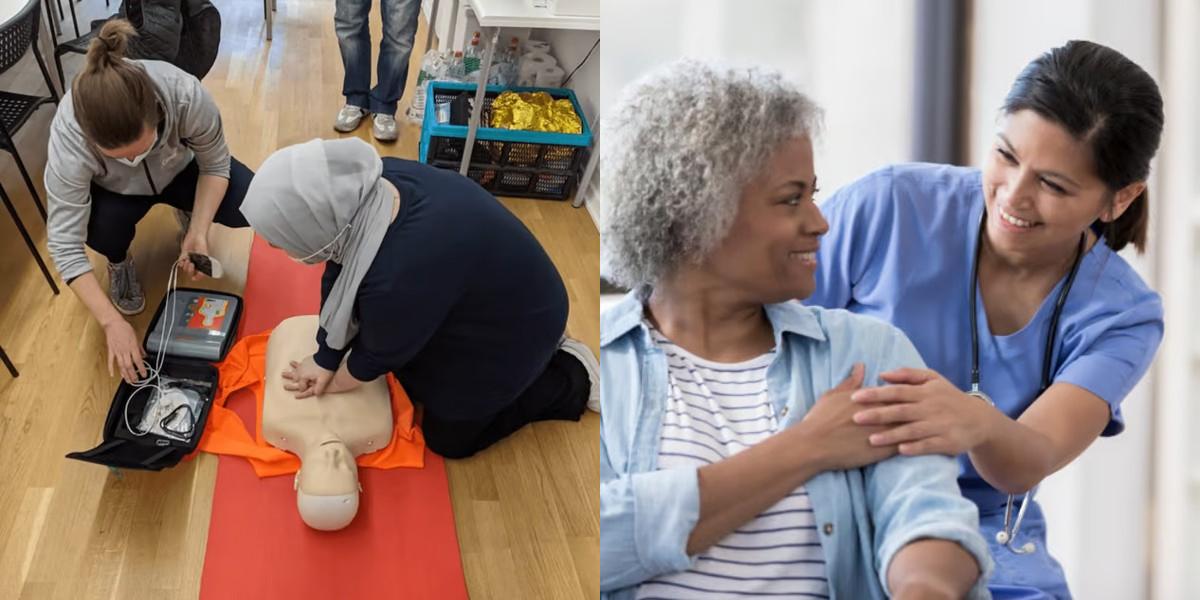CPR-BLS vs Licensed Vocational Nurse

Key Points:
- CPR-BLS provides basic life support, while a Licensed Vocational Nurse (LVN) has more advanced medical duties.
- CPR-BLS typically earns less than an LVN, as LVNs have more training and responsibilities.
- CPR-BLS jobs may be more widely available, while LVN jobs are more specialized.
- CPR-BLS training is often shorter and can be done online, while LVN training requires in-person classes and clinical hours.
- CPR-BLS training is generally less expensive and faster than the 1-2 year LVN program.
CPR-BLS and LVN are both healthcare professions that involve assisting patients and providing care. However, the scope of practice, education and training requirements, and job responsibilities differ significantly between the two.
CPR-BLS vs Licensed Vocational Nurse: Career Outlook and Salary
CPR-BLS Career Outlook and Salary:
- CPR-BLS certification is often required for healthcare professionals in various roles, such as nurses, doctors, and first responders.
- The demand for healthcare professionals with CPR-BLS certification is expected to remain steady.
- The salary for CPR-BLS certified individuals varies depending on the specific job role and location. In general, the median annual wage for EMTs and paramedics, who often have CPR-BLS certification, is around $35,400.
LVN Career Outlook and Salary:
- The demand for LVNs is projected to grow by 9% from 2020 to 2030, faster than the average for all occupations.
- The growth is primarily driven by the aging population and the need for long-term care.
- The median annual wage for LVNs is around $48,820, with the highest 10% earning more than $65,000.
Final Thoughts
Both CPR-BLS certification and becoming an LVN can lead to rewarding careers in the healthcare field. CPR-BLS certification is essential for healthcare professionals who need to respond to cardiac and respiratory emergencies. On the other hand, becoming an LVN requires more extensive education and training and allows for a broader scope of practice in providing nursing care. Ultimately, the choice between CPR-BLS and becoming an LVN depends on individual career goals and interests.
Explore Dreambound's program accessibility across different locations. Immerse yourself in these blogs for a detailed exploration of the two vocations, unraveling specific requirements and gaining insightful perspectives on how to embark on your journey:





